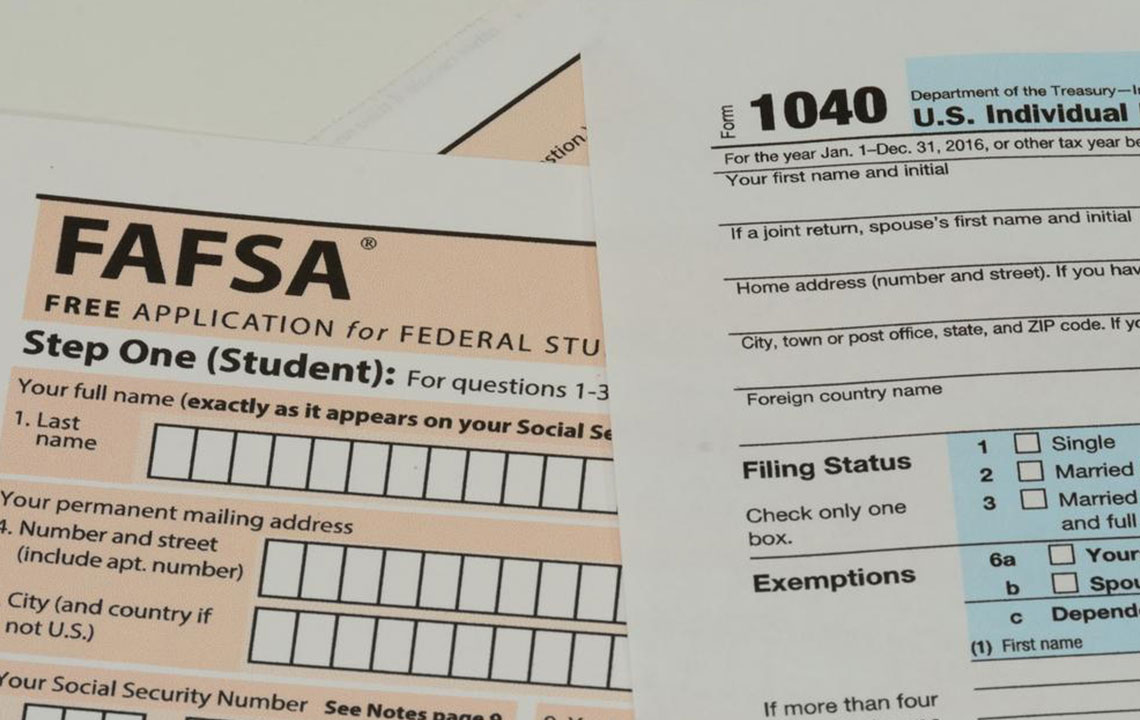Comprehensive Guide to Parent Loans for College Funding
Discover comprehensive insights into parent loans for college expenses, focusing on the Parent PLUS loan. Learn about eligibility, application process, repayment strategies, and responsible borrowing tips to make higher education affordable and manageable for families.

Comprehensive Guide to Parent Loans for College Funding
Funding higher education can be a significant financial challenge for many families. Besides student loans, parents have additional options to support their children’s educational journeys through specialized parent loans. One of the most common options available is the Parent PLUS loan, which is designed specifically for parents of dependent undergraduate students. This loan provides a flexible way for parents to cover college expenses such as tuition, books, and living costs, enabling students to pursue their academic goals without undue financial stress.
Understanding how parent loans work is essential for making informed financial decisions. The Parent PLUS loan offers a fixed interest rate, which means the interest remains constant throughout the life of the loan, providing predictability in repayment planning. Furthermore, parents can opt for various repayment options, making it easier to manage their monthly payments based on their financial situation. To qualify for a Parent PLUS loan, parents must have a good credit history, which often involves a thorough credit check during the application process.
Before applying for a parent loan, it is crucial to consider whether the student has exhausted all federal student loan options available to them. Federal loans generally have lower interest rates and more borrower-friendly repayment terms, making them a preferable first option. If additional funding is necessary beyond federal loans, parent loans can bridge the financial gap effectively.
Responsible borrowing is a vital aspect of managing educational financing. Borrowing only the amount necessary for educational expenses minimizes future debt burdens and helps maintain long-term financial stability. These loans can also be used to assist in repaying existing student loans, providing greater financial flexibility for families.
The application process for parent loans typically involves submitting a request through the college or university’s financial aid office or directly via the loan provider. Funds are then disbursed directly to the educational institution and used exclusively for qualified educational expenses such as tuition, books, supplies, and housing costs.
There are two primary repayment options for parent loans, tailored to the family's financial situation and the student’s needs. Initially, students should take full advantage of federal student loan limits, which often have favorable interest rates and repayment terms. When federal aid is insufficient to cover all expenses, parental loans serve as an ideal secondary source of funding. The Parent PLUS loan can cover a broad spectrum of educational costs, including tuition, housing, and textbooks, without an annual borrowing cap. However, it is vital for parents to borrow only what is absolutely necessary to avoid excessive debt accumulation. Practicing responsible borrowing ensures that the financial burden remains manageable and aligned with future earning potential. These loans empower families to support their students’ educational aspirations while maintaining financial stability in the long run.





